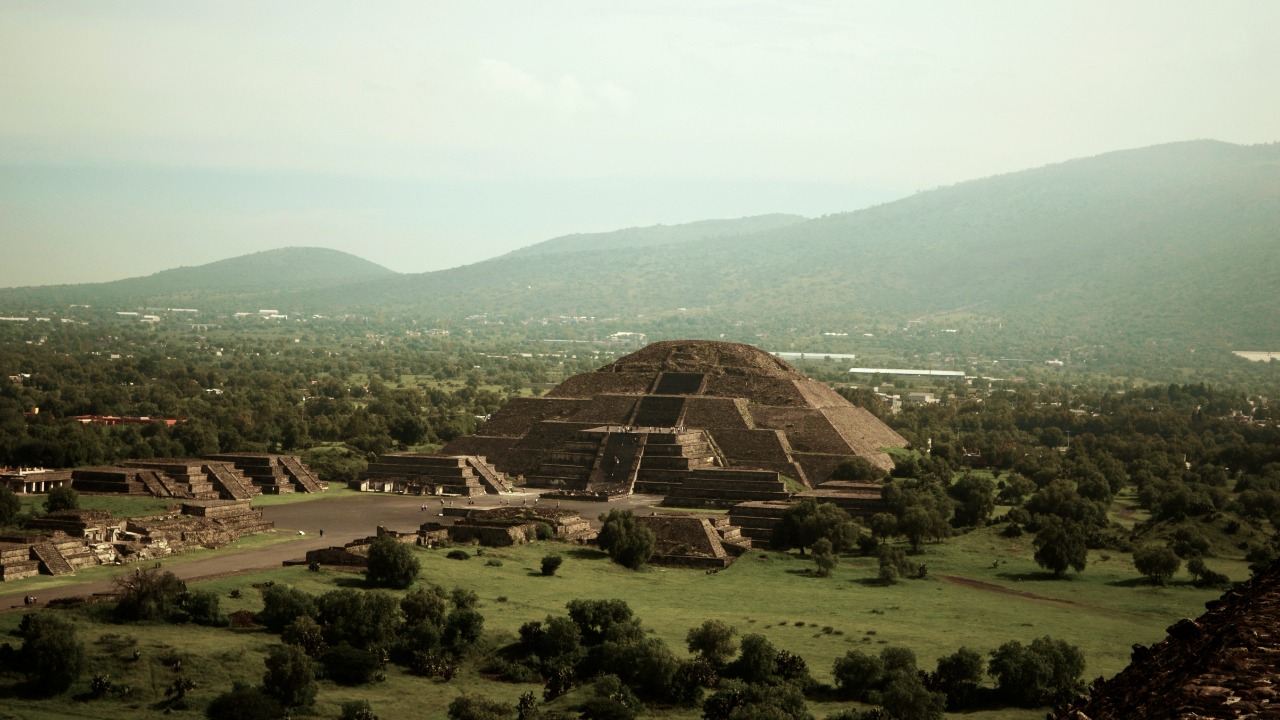
Unraveling the mysteries of lost civilizations is a fascinating endeavor that combines the thrill of discovery with the intellectual rigor of scientific investigation. As we delve into the past, we uncover insights about our ancestors that help us understand our present and shape our future. Here are nine such civilizations that scientists are only beginning to understand.
The Indus Valley Civilization
The Indus Valley Civilization is renowned for its advanced urban planning. Recent excavations have revealed a highly organized society with a strong emphasis on sanitation and public welfare. However, the script of this civilization remains a mystery. Despite numerous attempts, the Indus script has yet to be deciphered, leaving many questions about their culture and way of life unanswered.
The Minoan Civilization
The Minoan Civilization, named after the mythical King Minos, was a Bronze Age civilization that arose on the island of Crete. The Minoans are known for their palace complexes and the still-undeciphered Linear A script. Recent advancements in geophysical imaging have revealed hidden trade networks, shedding light on the extent of their influence and their interactions with other civilizations.
The Olmec Civilization
The Olmec Civilization, often considered the mother culture of Mesoamerica, is known for its colossal head sculptures and the production of rubber. Recent DNA analysis is beginning to trace the cultural influences of the Olmecs across Mesoamerica, providing insights into the spread of their culture and technology.
The Norte Chico Civilization
The Norte Chico Civilization, located in present-day Peru, is one of the oldest civilizations in the Americas. Remarkably, they achieved a high level of architectural sophistication without the use of ceramics. Radiocarbon dating has helped refine the timelines for this civilization, providing a clearer picture of the development of early Andean societies.
The Lost Cities of Angkor
The Khmer Empire, known for the magnificent temple of Angkor Wat, also built numerous other cities and temples. Recent LIDAR scans have uncovered a vast urban sprawl beyond the known sites, revealing the extent of the Khmer Empire’s urban planning and hydraulic engineering. However, the reasons for the abandonment of these cities remain a subject of ongoing research.
The Rapa Nui Civilization
The Rapa Nui Civilization, located on Easter Island, is famous for its moai statues. The civilization collapsed due to deforestation and overpopulation, but recent soil core sampling has revealed sustainable practices that were employed before the collapse, providing valuable lessons for our present-day environmental challenges.
The Nabta Playa Settlements
The Nabta Playa settlements in the Sahara Desert are among the oldest known astronomical alignments. These prehistoric people were also among the first to domesticate cattle. Satellite imagery has helped identify these ritual alignments, providing insights into the spiritual life and technological capabilities of these early herders.
The Dorset Culture
The Dorset Culture, a pre-Inuit culture that lived in the Arctic regions of Canada, is known for its unique tool-making techniques and adaptations to the harsh Arctic environment. However, they mysteriously disappeared around 1000 CE. Climate modeling is helping scientists understand the environmental changes that may have led to their disappearance.
Amazon’s Lost Civilizations
Recent advancements in technology have allowed scientists to uncover the dense networks of settlements in the Amazon rainforest. As reported on 2025-05-09, lasers and other remote sensing technologies have revealed the extent of these lost civilizations, challenging previous assumptions about the population density and cultural complexity of pre-Columbian Amazonia.
Each of these lost civilizations offers a unique window into our past, revealing the diverse ways in which human societies have adapted and evolved. As technology advances, we can expect to uncover even more about these enigmatic cultures, enriching our understanding of human history.
More from MorningOverview